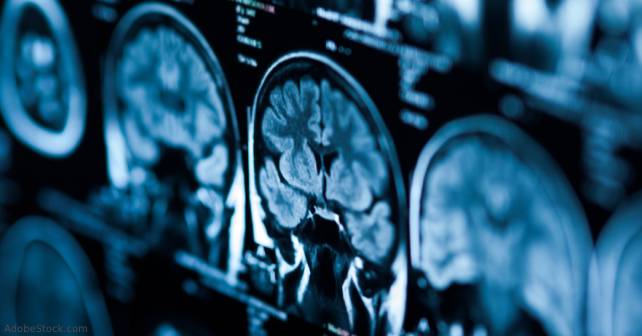
- airway re-positioning,
- positive pressure ventilation as with bag-valve-mask ventilation in conjunction with appropriate airway adjuncts (e.g., oropharyngeal airway), and/or
- supraglottic airway or endotracheal intubation by a trained health care professional.
Fluid Resuscitation
Explore This Issue
ACEP Now: Vol 42 – No 10 – October 2023- Intravenous fluids should be administered in the prehospital setting to treat hypotension and/or limit hypotension to the shortest duration possible.
- Hypotensive patients should be treated with blood products and/or isotonic fluids in the prehospital setting.
- Hypertonic fluid resuscitation may be administered to patients with a Glasgow Coma Scale Score (GCS) < 8 in whom increased ICP is suspected in the prehospital setting.
Hyperventilation and Hyperosmolar Therapy for Suspected Increased Intracranial Pressure (ICP)
- Hyperventilation should be avoided in the prehospital care of children and adults with TBI in the absence of signs of active cerebral herniation.
- Ventilation strategies should target eucapnia and avoid hypocapnia (i.e., ETCO2 of 35- 40) and be monitored using capnography.
- When used to address signs of active and imminent herniation, hyperventilation should target an ETCO2 of 30-35 using capnography.
- Hyperosmolar therapy should not be administered for the prophylactic treatment of suspected elevated ICP, with or without signs of cerebral herniation, in the prehospital setting at this time.
- Prehospital administration of TXA therapy is not generally and widely indicated for the prophylactic treatment of suspected ICH or elevated ICP at this time.[/sidebar]
References
- Lulla A, et al. Prehospital Guidelines for the management of traumatic brain injury – 3rd edition. Prehosp Emerg Care. 2023; https://doi.org/10.1080/10903127.2023.2187905.
- Centers for Disease Control and Prevention. National Center for Health Statistics: Mortality Data on CDC WONDER. Accessed 2022, https://wonder.cdc.gov/mcd.html.
- Bell JM, Breiding MJ, DePadilla L. CDC’s efforts to improve traumatic brain injury surveillance. J Safety Res. 2017;62:253 -256.
- Spaite DW, Bobrow BJ, Keim SM, et al. Association of Statewide Implementation of the Prehospital Traumatic Brain Injury Treatment Guidelines With Patient Survival Following Traumatic Brain Injury: The Excellence in Prehospital Injury Care (EPIC) Study. JAMA Surg. 2019;154(7):e191152.
DECISION-MAKING WITHIN THE EMS SYSTEM
Pages: 1 2 3 4 5 | Single Page





One Response to “Brain Trauma Guidelines for Emergency Medicine”
April 9, 2025
Cristopher AstudilloMe pareció interesante. Una información bastante valiosa para el tratamiento de TCE.
Con cuerdo mucho con uno de los partidos que dice “El tratamiento inmediato del TCE, desde la APH da una buena probabilidad de vida a los pacientes” es algo fundamental para prevenir lesiones secundarias y mejorar el tiempo de recuperación del paciente.